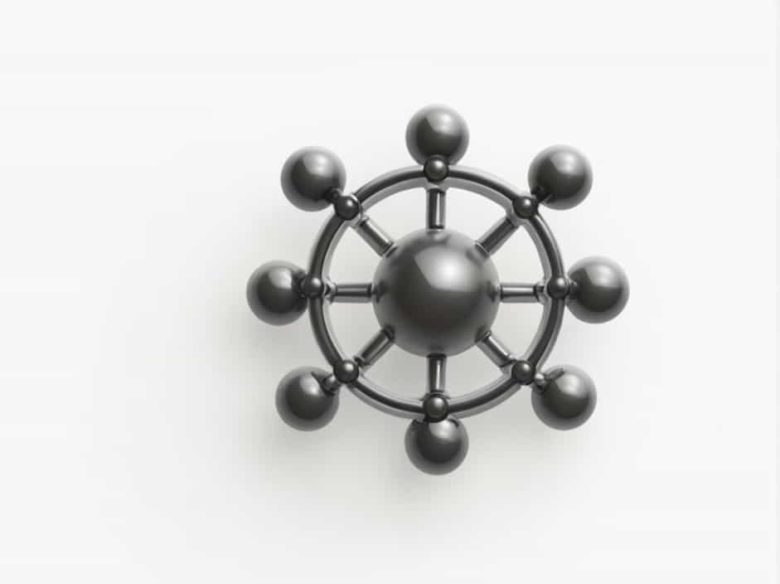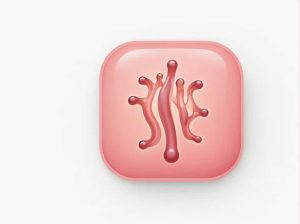Proteins play a vital role in biological functions and some proteins have a unique ability to catalyze chemical reactions in living organisms. These special proteins are known as enzymes. Enzymes are essential for metabolism digestion and many other biochemical processes that sustain life.
In this topic we will explore what enzymes are how they work their types and their significance in biological systems.
What Are Enzymes?
Enzymes are biological catalysts that speed up chemical reactions in living organisms without being consumed in the process. They work by lowering the activation energy required for a reaction to take place.
✔ Made of proteins – Most enzymes are made of long chains of amino acids folded into specific shapes.
✔ Highly specific – Each enzyme works on a specific substrate (the molecule it acts upon).
✔ Essential for life – Without enzymes many biochemical reactions would be too slow to sustain life.
How Do Enzymes Work?
Enzymes function using a lock-and-key or induced fit model:
- Substrate Binding – The enzyme has an active site where a specific substrate binds.
- Reaction Occurs – The enzyme catalyzes the conversion of the substrate into a product.
- Product Release – The enzyme releases the product and is ready to catalyze another reaction.
Factors Affecting Enzyme Activity
Several factors influence the efficiency of enzymes:
✔ Temperature – High temperatures can denature enzymes while low temperatures slow down their activity.
✔ pH Levels – Each enzyme works best at a specific pH.
✔ Substrate Concentration – Higher substrate availability increases reaction rates up to a certain point.
✔ Inhibitors – Some molecules can block enzyme activity slowing down reactions.
Types of Enzymes and Their Functions
Enzymes are classified based on the type of reaction they catalyze:
1. Hydrolases
✔ Catalyze hydrolysis reactions (breaking bonds using water).
✔ Example: Amylase breaks down starch into sugars.
2. Oxidoreductases
✔ Involved in oxidation-reduction (redox) reactions.
✔ Example: Catalase breaks down hydrogen peroxide into water and oxygen.
3. Transferases
✔ Transfer functional groups between molecules.
✔ Example: Kinases transfer phosphate groups in energy transfer reactions.
4. Lyases
✔ Break bonds without using water or oxidation.
✔ Example: Decarboxylases remove carboxyl groups from molecules.
5. Isomerases
✔ Rearrange molecules into different forms.
✔ Example: Glucose-6-phosphate isomerase converts glucose-6-phosphate into fructose-6-phosphate.
6. Ligases
✔ Join two molecules together.
✔ Example: DNA ligase helps repair broken DNA strands.
Importance of Enzymes in Biological Systems
Enzymes are essential for various physiological processes including:
✔ Digestion – Enzymes like pepsin and lipase help break down food into absorbable nutrients.
✔ Metabolism – Enzymes regulate energy production and storage in cells.
✔ DNA Replication – Enzymes like DNA polymerase help copy genetic material.
✔ Cellular Respiration – Enzymes in mitochondria facilitate energy production.
Enzymes in Industrial and Medical Applications
1. Enzymes in Medicine
✔ Enzyme therapy is used to treat certain diseases.
✔ Diagnostic tests use enzymes to detect diseases (e.g. blood sugar tests for diabetes).
2. Enzymes in Food Industry
✔ Lactase is used to break down lactose in dairy products.
✔ Proteases are used in cheese-making and meat tenderization.
3. Enzymes in Biotechnology
✔ Used in genetic engineering to modify DNA.
✔ Help produce biofuels from plant materials.
Enzymes are essential proteins that catalyze biochemical reactions ensuring life processes occur efficiently. From digestion to DNA replication enzymes play a crucial role in every aspect of biology. Understanding how they function helps in medical industrial and scientific advancements.



